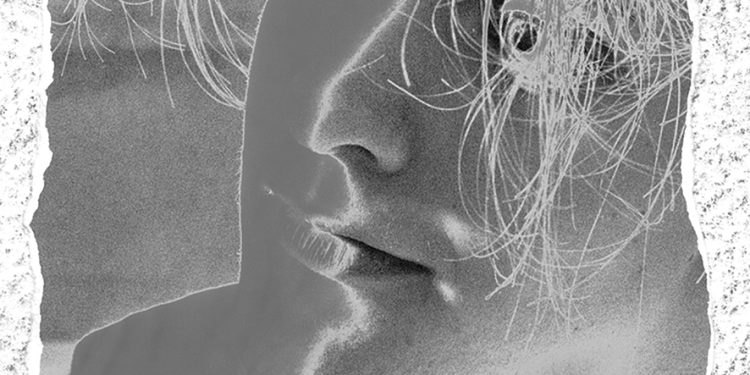I’ve been reviewing a lot of my old photographs this last while, needing to pull some out for various uses or viewing requests. One thing which has struck me is the divide between the serendipitous “taking” of a photo and the careful “making” of one.
“Take a photo” implies, to me, that you stumbled upon a scene or event and were ready to snap a shot of it. It might be a landscape (one you’ve seen for the first time or one which you have revisited myriad times or indeed lived with, the latter, say, outside your window). It might be a street scene or a still life which impresses itself upon you. But it’s nothing you planned. You are there at the right time and in the right place, click went the shutter, and your image is preserved. You might have had time only for a single frame before the moment is lost, but you got it.
You might still process your “chance” frame in various ways: cropping out extraneous details, changing it to black and white from a color original, or altering the colors or contrast to suit your vision of the ideal version of it. Much if not all of this can be done in the darkroom as well as on the computer, so we are not differentiating between film and digital photography at all. You might be a philosophical “purist”, striving to alter the image minimally if at all before presenting it to the world. Or you might not bother with such constraints and just do whatever you deem is necessary to make it what your mind’s eye sees.
The “made” image might have had much more done to it; it might have even moved out of the category of photography and more into that of illustration. This implies that it has been altered far from the start of the original negative, slide or digital file-as-shot. Again, though, this may have happened either in the darkroom or on the computer. Some examples I have of this are prints which I have “solarized” or processed with the Sabattier effect. I printed from the black and white negative onto paper; then, while it was still in the developing solution, I briefly switched on a white light. This has the effect of reversing half the tones of the image, and turning others flat gray. It is hard to standardize to get the identical result every time even from identically exposed prints, and this somewhat haphazard nature of it is what gives some of its appeal.

The few surviving prints I have made this way are precious to me in several ways. For one, each is unique due to the method. For another, for most of them, the original negatives are lost and all I have are that one or several prints. In this way, each such print has become an original in its own right, successor to that lost negative.
(It is possible to produce a solarized version of a photo, in color or monochrome, digitally too. You merely want an A-shaped tone curve of it, nothing more).
Or I might have taken the same landscape shot many, many times over a long period, even years; at different times of day, in different weather conditions, lightings, seasons. So there may be multiple versions of the same thing: some just for reference, others worthy of being called personal masterpiece varieties of that scene. One such, for me, is the between-seasons shot I made from a north-facing window of our house in Svaneti a couple of years ago now, having made it over and over again for more than a decade. It shows some mountain scenery and the sole complete tower of our village of Etseri, the Dadeshkeliani tower, reputed to be the tallest of all Svan towers and the model for the one in Tbilisi’s Ethnographic Museum above Vake Park. This photo gets the existing composition’s season, weather and lighting perfect, and I may never surpass it. Most satisfying, after so much time revisiting it at all times of the year. More made than taken, because I have shot so many versions and variations of it while waiting for something this close to perfect to appear when I was at home, ready, and available.
Take or make your photo.
Blog by Tony Hanmer
Tony Hanmer has lived in Georgia since 1999, in Svaneti since 2007, and been a weekly writer and photographer for GT since early 2011. He runs the “Svaneti Renaissance” Facebook group, now with over 2000 members, at www.facebook.com/groups/SvanetiRenaissance/
He and his wife also run their own guest house in Etseri: www.facebook.com/hanmer.house.svaneti2














